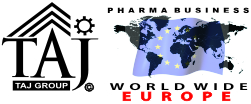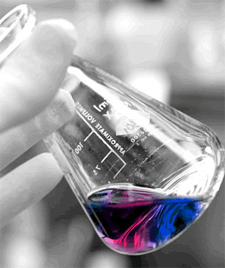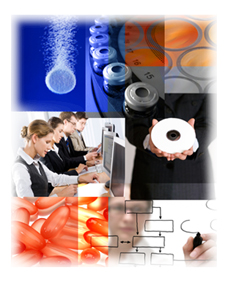The Outlook for Pharmaceutical Markets in
Northern Europe is a unique collection of management reports
from Espicom Business Intelligence. Each report provides
individual and highly-detailed analysis of each market,
looking at the key regulatory, political, economic and
corporate developments in the wider context of market
structure, service and access. The reports are available
individually, or as a discounted collection.
Highlights from the region:
DENMARK Due to the presence of Novo Nordisk,
Denmark is a major global supplier of insulin in retail form.
This has resulted in a long standing balance of trade surplus.
Imports and exports have experienced double-digit growth since
2000. The balance of trade surplus was in excess of US$3.3
billion in 2004. Parallel imported products constitute 10.2%
of pharmaceuticals consumed in the primary sector, with a
third of respiratory drugs being parallel imported.
Although companies are free to set their own
prices, products will only be reimbursed at the level of the
lowest generic drug in each class unless it can be shown that
there is a distinct therapeutic benefit. The government hopes
that this will limit the number of 'me-too' products that
would previously have been reimbursed.
SWEDEN The Swedish pharmaceutical market
represents approximately 14.1% of total healthcare expenditure
and 1.2% of GDP. The market is expected to increase at a rate
of 4.6% per year at current dollar prices over the next few
years, to be worth in excess of US$5.4 billion by 2011.
As is common with other western European
countries, Sweden has an advanced healthcare system which is
partially privately funded. As a percentage of GDP, health
expenditure is above the European average.
NORWAY Although Norway is not part of the
European Union, the process for pharmaceutical registration
has been aligned to EU regulations. The relative ease of entry
to the Norwegian market has enabled foreign companies to set
up manufacturing plants, especially since the increased
transparency in the pharmaceutical pricing structure.
Since generic substitution was established
in 2001, generic drugs have been able to gain an increasing
share of the market, in terms of value and volume. In 2005,
generics had 30.5% of sales and 54.2% of the market by volume.
LITHUANIA Around 80% of the Lithuanian
pharmaceutical market is supplied by imports. In 2004,
Germany, Latvia and Belgium were the leading suppliers,
accounting for almost 50% of imports. The value of imports has
increased every year since 1999.




